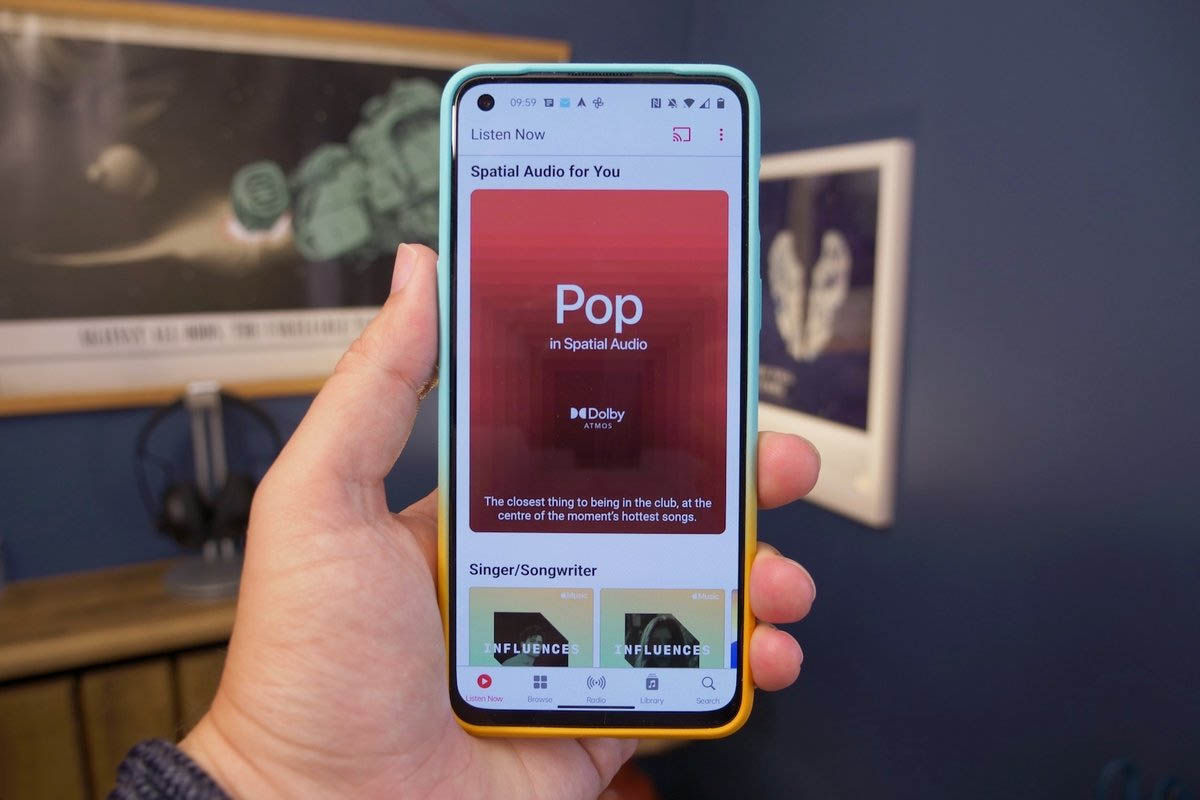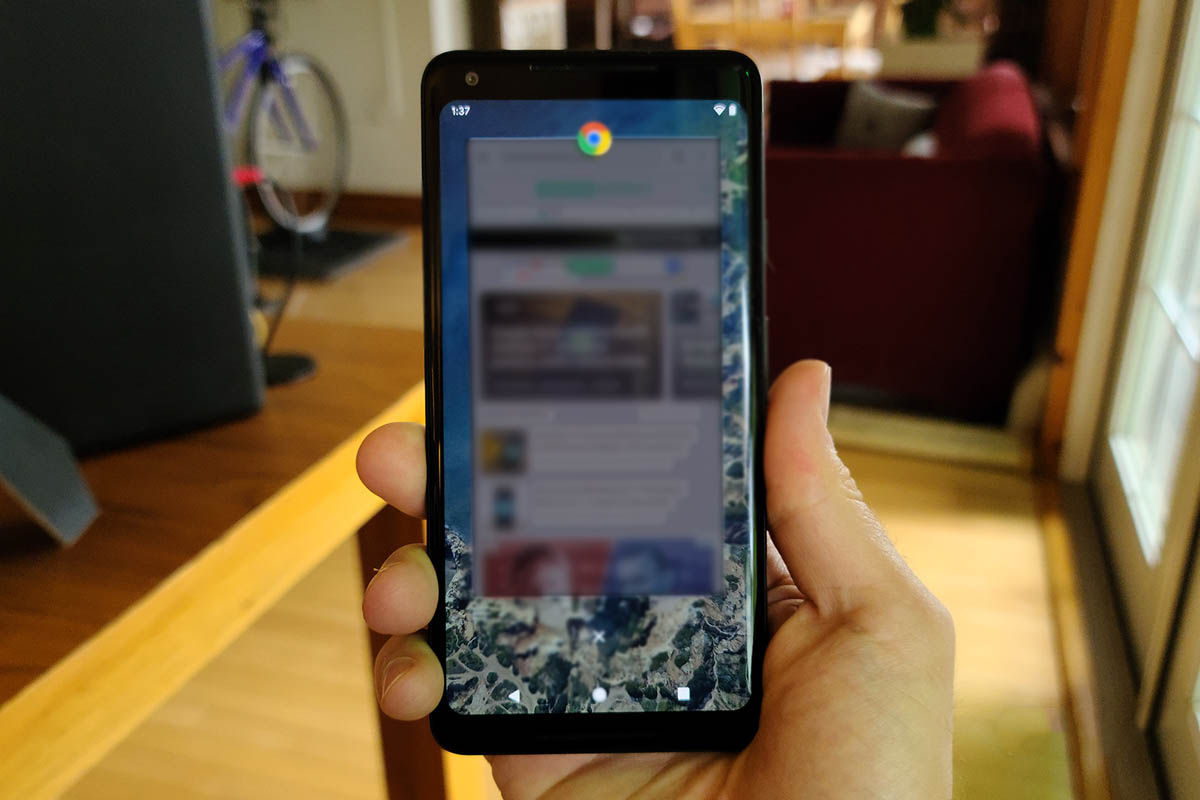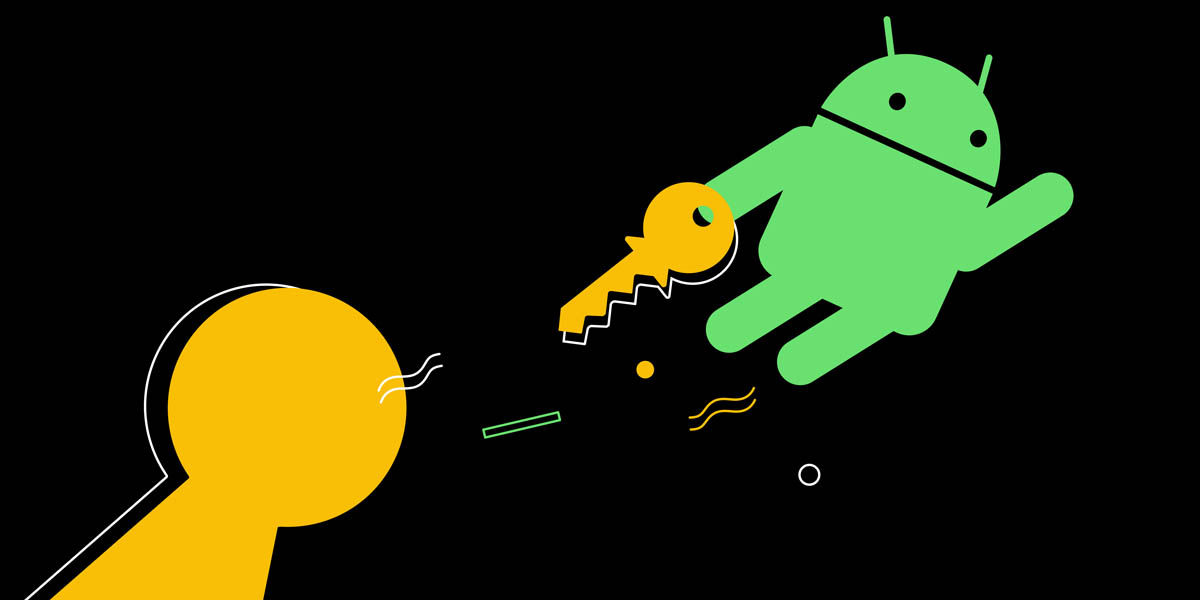
It may still be a while before the stable version of Android 13 is available, but both Developver Preview 2 and DP1 came loaded with very interesting news. Now, while we wait for the launch of the first public beta, we confirm 3 new features that Android 13 will have . Which are? What benefits do they have? We explain it below.
Android 13 will have full Spatial Audio support

Although Android 12L already offers partial support for this technology, Android 13 will take compatibility to the next level by giving it full support. This feature will arrive with Audio HAL v7.1 , which adds an API that allows you to control the audio output latency on your device.
Specifically, there will now be two modes of latency when connecting to a Bluetooth device via the A2DP standard. The first will be free mode, with no specific restrictions on latency; meanwhile, the second will be the low latency mode , which will always work at less than 100 ms.
The latter is necessary to be able to activate Spatial Audio, track the movements of your head and adjust the audio output to obtain a more realistic sound . However, Android 13 compatibility is not the only thing necessary, as you will also need compatible headphones (with integrated gyroscope and accelerometer) and an audio file adapted to this technology.
But to all this, what is Spatial Audio? We have an article that explains all about Spatial Audio, but we can quickly summarize it like this: a technology that reinvents how you listen to your favorite songs and videos by tracking the movements of your head and adapting the sound to provide a 3D experience of another level . This idea has been seen before on Android, even Apple Music supports it, but always through third-party solutions. Now, this feature will be directly integrated into Android.

For some time, Android has had a flag that allows you to disable the screenshot in the applications that activate it. We are talking about FLAG_SECURE, which is used by many apps that may contain sensitive data (such as banks, digital wallets or crypto exchanges) and DRM-protected apps (such as Netflix).
This solution is excellent for preventing data leakage or theft , but it has a catch: it also blocks the previews that Android shows in its multitasking menu. It is natural that this happens, since basically they are screenshots of the apps in their last state of use. However, FLAG_SECURE can be annoying in certain situations, such as when you need to send a screenshot of a transfer to a friend you trust and the app won’t let you.
As a solution to this, Android 13 will introduce the setRecentsScreenshotEnabled API. What is this feature about? It will be a middle ground to FLAG_SECURE where developers will be able to allow screenshots within apps, but previews in the multitasking menu will remain disabled .
The objective? Prevent some voyeur from seeing certain sensitive data (such as your bank balance) through this menu, but at the same time letting you decide what to do when you are inside the app . It’s a very niche solution, but less limiting than FLAG_SECURE.
Android 13 would add native support for DNS over HTTPS (DoH)

Android supports DNS over TLS (DoT) since Android 9 Pie. This feature allows you to encrypt DNS traffic through the TLS protocol (also known as SSL) to increase privacy and that no one can see, filter or redirect the pages you access.
This is a very good security feature, but it has a catch: by working through a dedicated port, an attacker knows what kind of traffic is going in and out of that port , even though he can’t easily access the data because it’s encrypted.
DNS over HTTPS (DoH) solves this, since it does exactly the same thing as DoT, but the traffic moves through port 443, the same used by the HTTPS protocol. What advantage does this have? That this port handles a lot of traffic, which allows the DNS traffic to be hidden among the rest and complicate the attacker’s task.
Android doesn’t support DoH yet, but thanks to an AOSP code change we might think Android 13 intends to add it . As of DP2 there is no setting that allows users to enable DNS over HTTPS, but there is a flag in the code that does. This is the “DoH” boolean flag, found inside device_config, in the “netd_native” section. By setting it to “True”, Android automatically enables DoH.
Due to the current activation form, this last feature is the only one that could be left out of Android 13. However, there are still several Beta versions to be released before the official presentation, so there could be time to implement it.
Source | wait